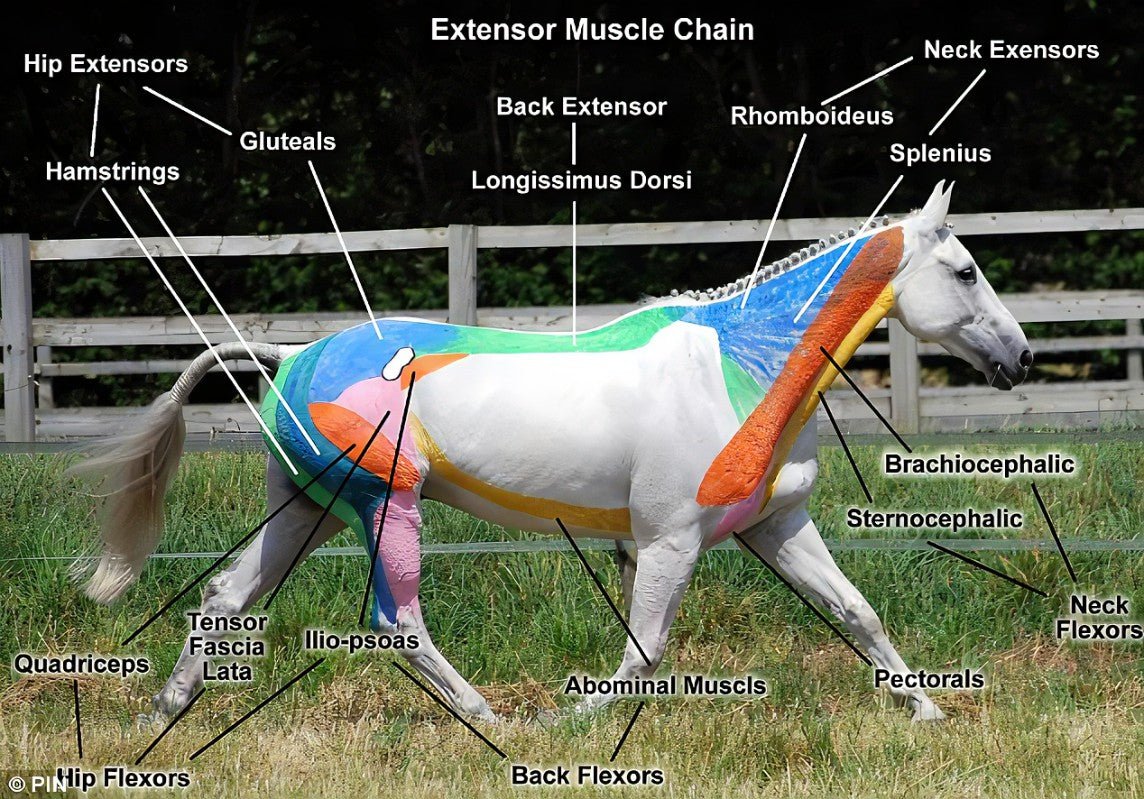Optimising Saddle Fit: A Comprehensive Checklist
In part one of our series, we discussed the critical importance of saddle fit for your horse’s comfort and performance. Now, let’s delve deeper into the process of ensuring your...
In part one of our series, we discussed the critical importance of saddle fit for your horse’s comfort and performance. Now, let’s delve deeper into the process of ensuring your...

In part one of our series, we discussed the critical importance of saddle fit for your horse’s comfort and performance. Now, let’s delve deeper into the process of ensuring your optimising your saddle fit with our comprehensive saddle check.
Before we begin, it’s essential to note that while this checklist is a valuable starting point, it does not replace the expertise of a professional saddle fitter. Now let’s eliminate the possibility of your saddle causing discomfort or pain to your horse through our meticulous inspection process.
Always conduct these checks first statically, then with the girth attached and lastly with a rider on board to ensure optimal fit. Additionally, observe your horse’s reaction to being saddled. Signs of discomfort or aggression indicate potential issues that require attention from a professional saddle fitter.
A well-fitting saddle is not just a matter of comfort- it’s essential for preserving your horse’s health, longevity, and performance both on and off the polo field. Stay vigilant, prioritise your horse’s well-being, and let’s ensure every ride is a comfortable and enjoyable experience for both you and your equine partner.
Remember, it is very important to have your saddle checked by a professional on a regular basis and this does not replace that, just a helpful guide! Share this article with your fellow equestrians to spread awareness about the importance of saddle fit in ensuring happy, healthy, and high performing horses.
Your cart is currently empty.
Start Shopping